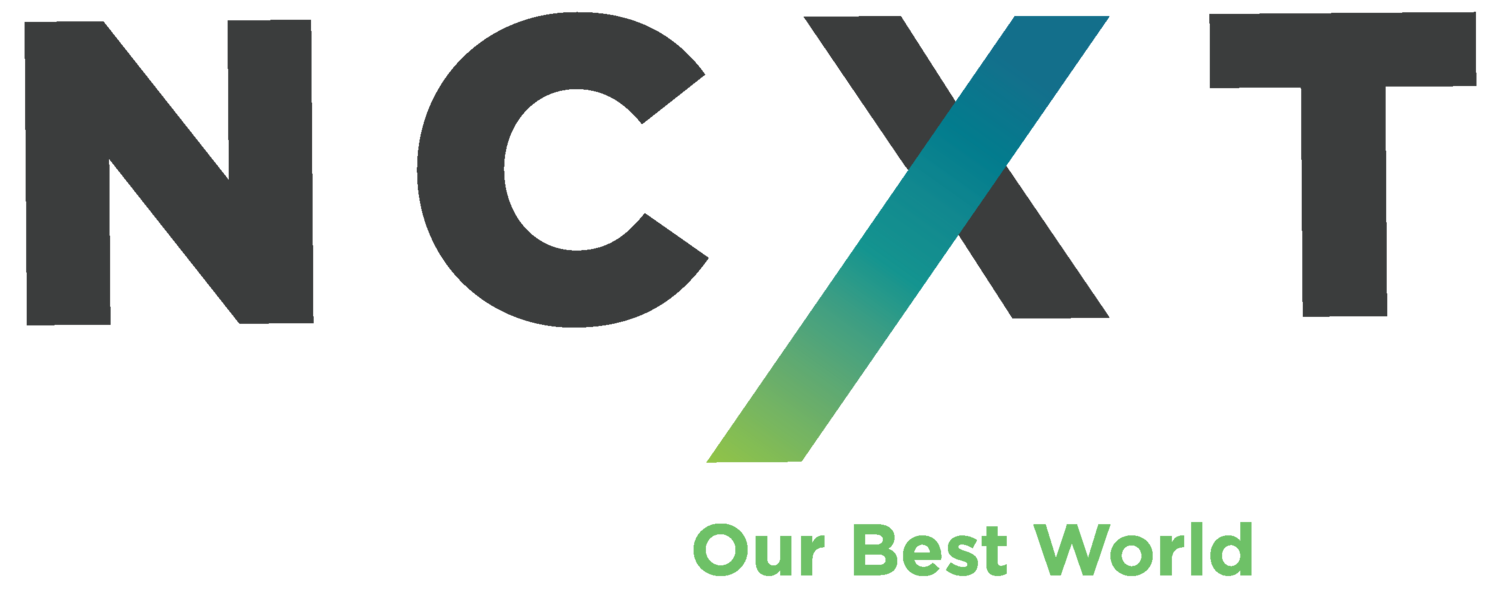Too many leaders struggle to see Diversity, Equity, and Inclusion initiatives take flight. At NCXT, we usually see this realized through a mismatch of moral and business imperatives, misalignment of grassroots actions and top-floor executives, or a shared atmosphere of unrealistic and undirected expectations.
Which of those scenarios sounds familiar to you? Like so many others, if you are struggling to get your DEI initiative off the ground, then a committee might be for you.
Let’s talk about SeaTec and three ways they utilized a committee to tuck away the landing gear confidently.
Initially, committee members must accelerate their DEI abilities through professional development and self-development. They will be seen as subject matter experts and ambassadors to the organization, even though their involvement may have been born from a moral imperative and not based on their proven abilities to guide an organization through DEI-driven change. When the committee’s organizational interactions move from memos and emails to one-on-one instant messages, the members must be ready to use their words to support the change they’re empowered to implement.
The committee must be positioned with authority to place accountability on the highest tiers of leadership in the organization. Leadership benefits from the clear lines of communication with the committee, which helps them more quickly understand the organizational DEI needs and transparently interact, carrying on the responsibilities of the interactions. The committee's authority may seem bold, but when an organization set’s out to develop into its more equitable self, transparent authority is essential for identifying the true north, ensuring everyone is on board, and doing their job to get there.
The committee must study the organization to create clear, self-reinforcing, measurable goals for their accountability and transparency. The harder they push the organization, the harder it will push back. That simple fact of change is why it is essential to set goals that are reinforced when pushback inevitably happens. By understanding how key stakeholders regard the transformation and engaging them early, the committee can predict pushback and work with leadership to ensure that pushback reinforces the changes they seek.
An organization that is sincere about change sincerely empowers committees to guide them through the transition. When you see committees doing the professional development work, using their authority, and setting clear goals, you can expect to see the organization soar, fueled by DEI progress. It’s good for business, and it’s better for people. Keep following NCXT to learn more strategies for making DEI work at organizations like yours.

